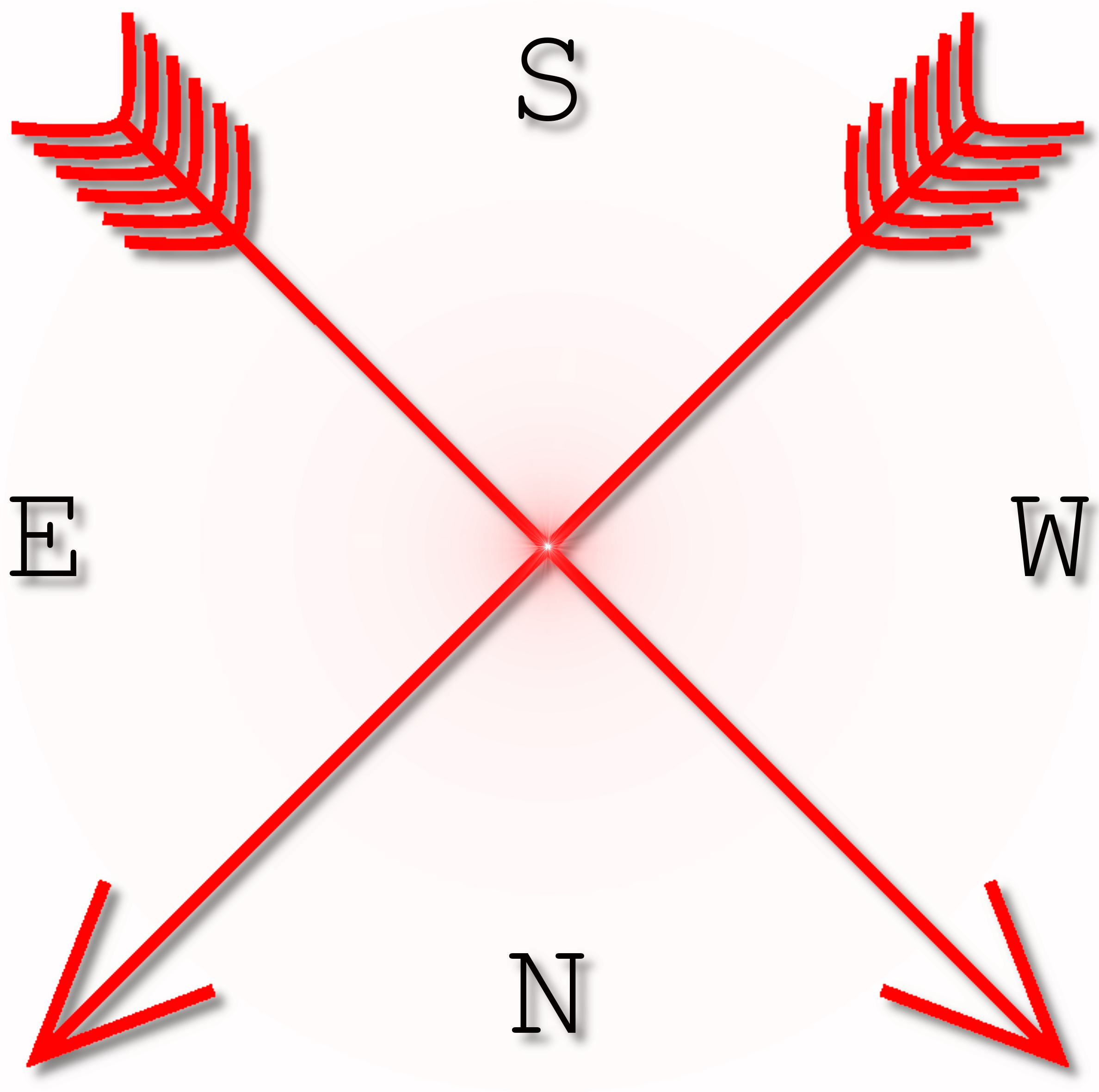This piece is part of the Excursions series.
The earliest spring flower in south central Illinois is the aptly named harbinger of spring, Erigenia bulbosa. This tiny flower appears in wooded bottomlands in early March, though I have found it in late February several times. The earliest was February 20th. Then follows the delicate spring beauty, Claytonia virginica. Five white petals often streaked with lavender, two green sepals, and five stamens with pink anthers. It is found throughout our woodlands. It has a pleasant scent, and young ones have a sweet nutty flavor that makes for a pleasant trail nibble. Once the spring beauty has arrived, you know the rest are soon to follow: Dutchman’s breeches, squirrel corn, cutleaf toothwort, Virginia bluebell, white trout lily, and many more.
All these are known as spring ephemerals because they bloom in the spring, and by the time the forest canopy darkens, they’re gone. But this disappearance is only apparent, as all of the ones listed above are perennials. They live year after year as tubers under the ground, only to sprout for a short time in early spring. It’s a risky strategy. Frosts here extend into mid-April, and the cold weather means few pollinators, yet the cold weather and the early start also mean fewer predators and easy access to sunlight.
One of the wonders of the natural world is that it is ever experimenting, trying different ways to make a living, exploring every available niche. Put the question to grandmother nature: how should I live? And the answer is always plural. Reach out and try something new, be a little different from your neighbors. Make your own way. There is no one way to get by, and every way will have bad that comes with the good. You must find what works best for you.
Nature also teaches by way of these little flowers that what is most noticeable is sometimes only a minor aspect of the thing. Often in summer, fall, and winter, I think about them. I know they’re there, biding their time beneath the ground, waiting for that cue of sunlight at the edge of winter to begin their brief annual celebration. The bulk of their lives is underground. Theirs is a hidden life; their showy spectacle but a short moment.
I admire their frugality, too. Most plants spend half the year photosynthesizing. Spring ephemerals spend about a tenth. Spend little, want little, they say. Do what you need and no more, and the rest of your life can be spent simply being.
Henry David Thoreau listened to these flowers. His “greatest skill,” as he writes in his journal entry for July 19, 1851, was, like the spring ephemerals, “to want but little” so that he could spend less time making a living and more time simply living, which for Thoreau meant walking the wild places around his home in Concord, Massachusetts. He produced little published writing. Even so, he was a prolific writer: around 5,000 pages of unpublished material and a journal of approximately 6,000 pages. So, his was mostly a hidden life, too. And, like the spring ephemerals, Thoreau followed his own way off the beaten path. Live in your own way, he says in the conclusion to Walden: “if one advances confidently in the direction of his dreams, and endeavors to live the life which he has imagined, he will meet with a success unexpected in common hours.”
Thoreau died in the spring, May 6, 1862. He was only 44 years old. His life’s work was an experiment in understanding and expressing the language of nature. It is a language difficult to learn. It is a language in which the mystical and the scientific are one and the same. It is beautiful speech. It is the poetry of the earth, and it sings in flowers.
About the Author
Clint Stevens lives and writes outside of Centralia, IL.
